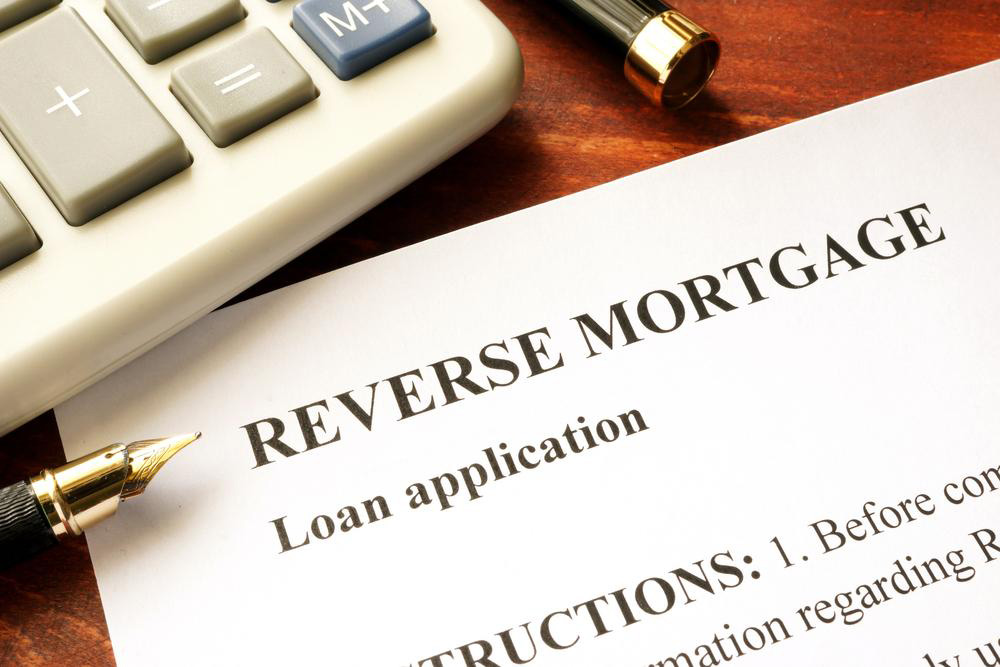Comprehensive Guide to Rollover Mortgages
This article provides an in-depth overview of rollover mortgages, exploring their interest rates, loan terms, benefits, and risks. It explains how these mortgages work and who might consider them, emphasizing market variability and borrower considerations. Stay informed with latest mortgage news and understand the implications of interest rate fluctuations. A comprehensive guide beneficial for borrowers and investors looking to grasp the essentials of rollover mortgage financing.

Understanding Rollover Mortgages
A rollover mortgage refers to a refinancing agreement where the remaining loan balance must be renewed every few years at the prevailing interest rates at that time. This type of mortgage often benefits lenders by increasing their income compared to standard mortgages. Typically, it serves to generate quick profits or offer tax advantages. A rollover mortgage shifts the financial risk from the lender to the borrower, and it’s also known as a renegotiable-rate mortgage.
Interest Rates
The interest rate is predetermined and fixed for a period, with a cap usually set between 0.5% and 5%. These rates tend to favor the seller, and there is generally no maximum limit on how high they can go. Borrowers face increased risks with rollover mortgages due to potential rate hikes.
Loan Term
Standard mortgage terms can extend up to 35 years, but in countries like Canada, typical durations are between 25 to 30 years. Some lenders provide longer terms, even up to 40 years, though such options are not universally available. The maximum repayment period for a rollover mortgage is approximately 30 years, but it may vary.
Several lenders may offer terms extending up to 40 years, but availability depends on the provider. The usual maximum term for repayment in a rollover mortgage is around 30 years, subject to variation.
If you’re interested, check out: 5 Tips for Post-Mortgage Financial Planning
Affordable Monthly Payments
Unlike traditional mortgages, borrowers generally make lower monthly payments on rollover loans. Because lenders assume more risk, these favorable terms help balance the arrangement, even though risks are higher for the borrower. This is why some opt for rollover mortgages despite the potential dangers.
Payment Volatility
Market fluctuations can cause unpredictability in interest rates, leading to sudden changes in payment amounts, a phenomenon known as payment shock. This variability makes it challenging for borrowers to accurately forecast or manage their repayment schedule.
Interest Rate Impact
The current market influences the interest rates on a rollover mortgage. During periods of high rates, borrowers face higher interest costs, while lower rates benefit them with reduced payments. The volatility introduces substantial uncertainty, and since the benefits favor the lender, borrowers need to carefully consider the risks involved.
Note:
The information shared on our blog covers various categories to provide useful insights. While our research aims to be accurate, readers should consider it as part of broader research efforts. We disclaim responsibility for discrepancies or inaccuracies, and some available schemes or offers may not be detailed here. Always seek personalized advice before making financial decisions.










